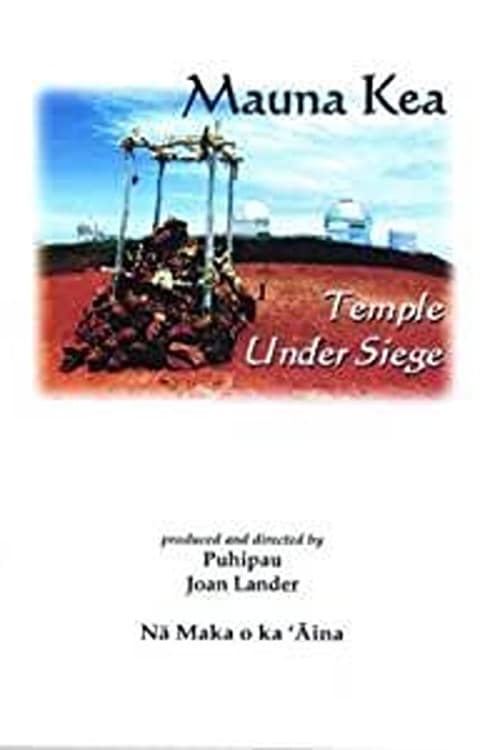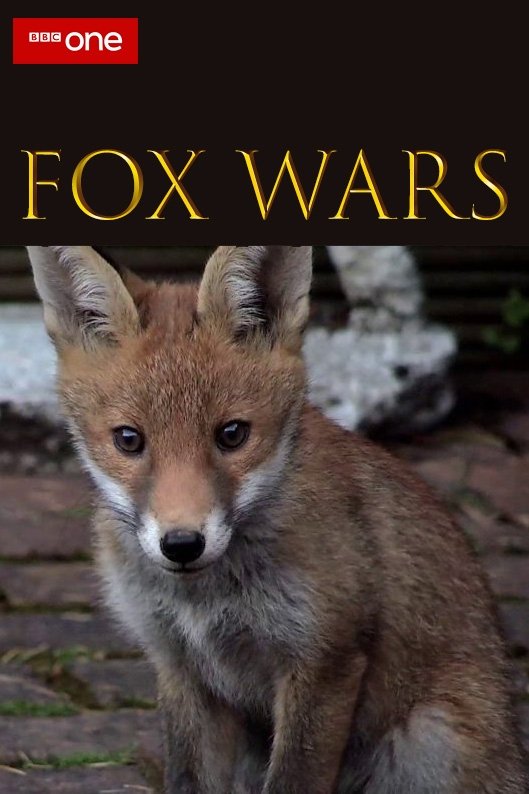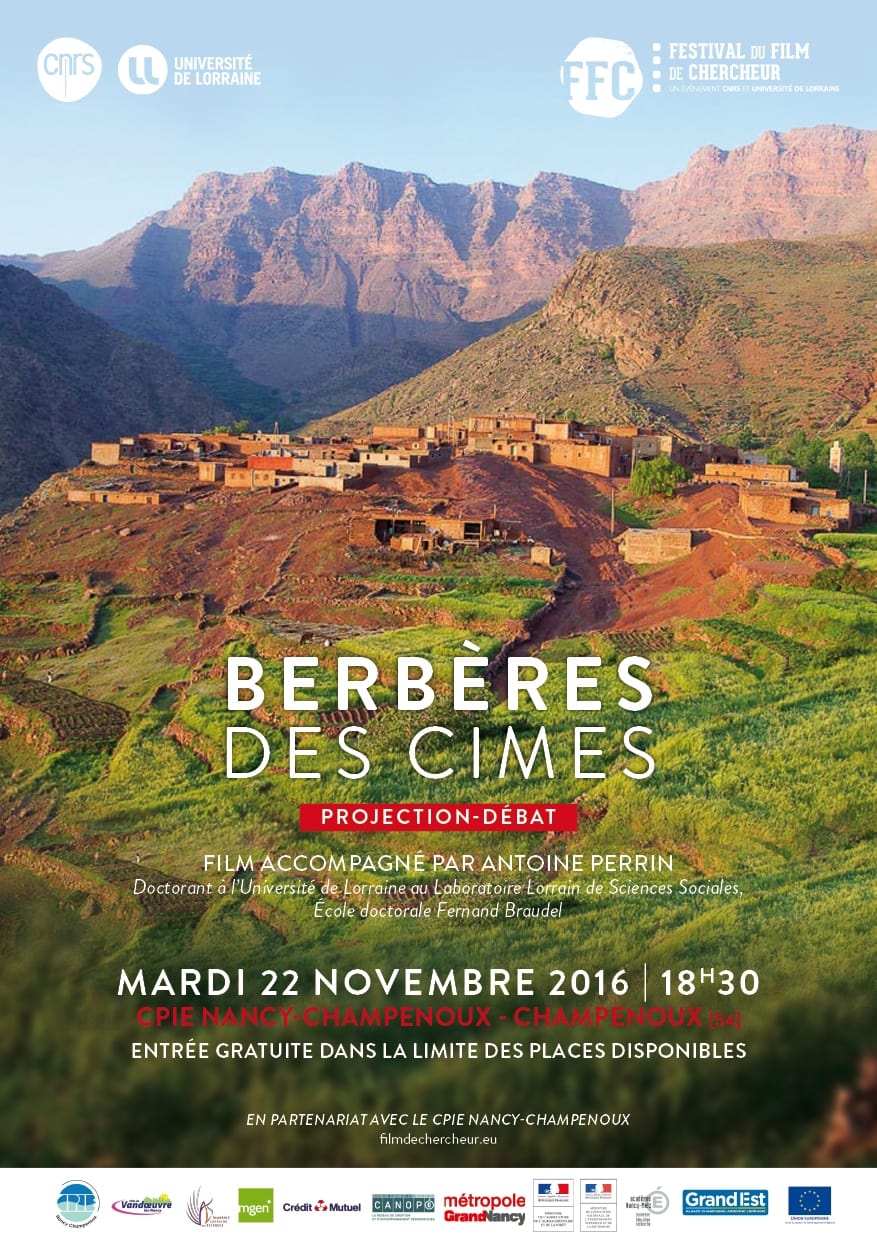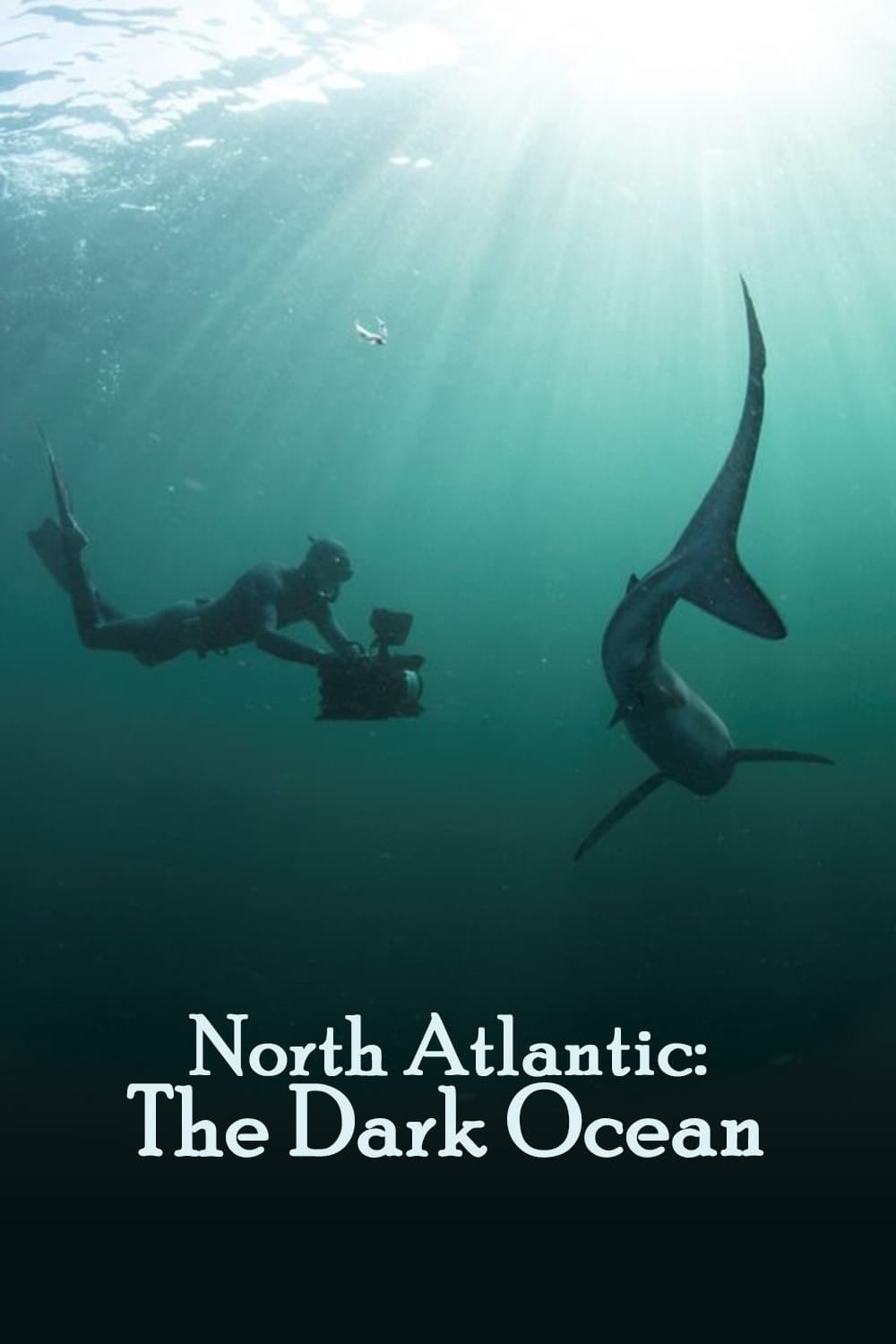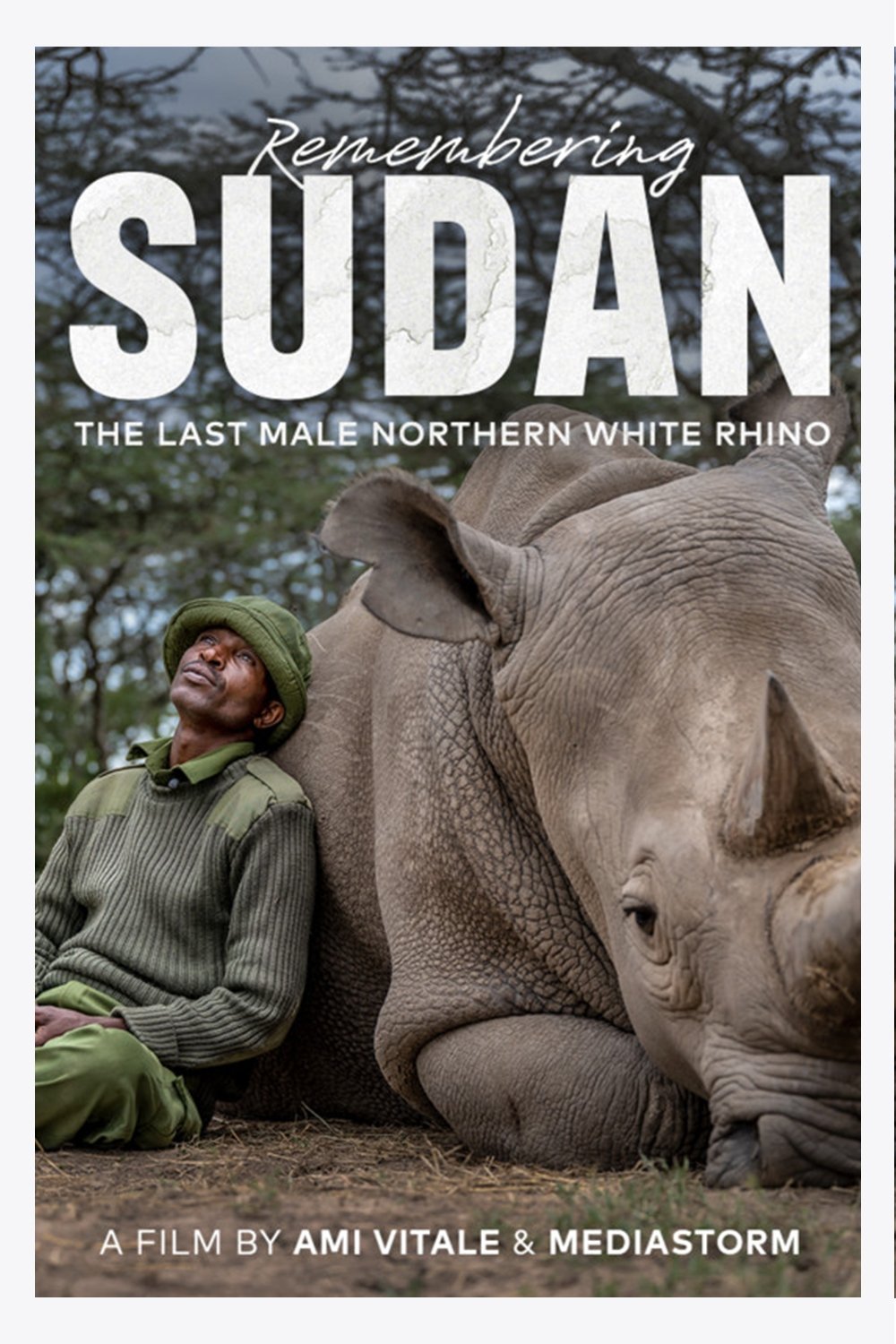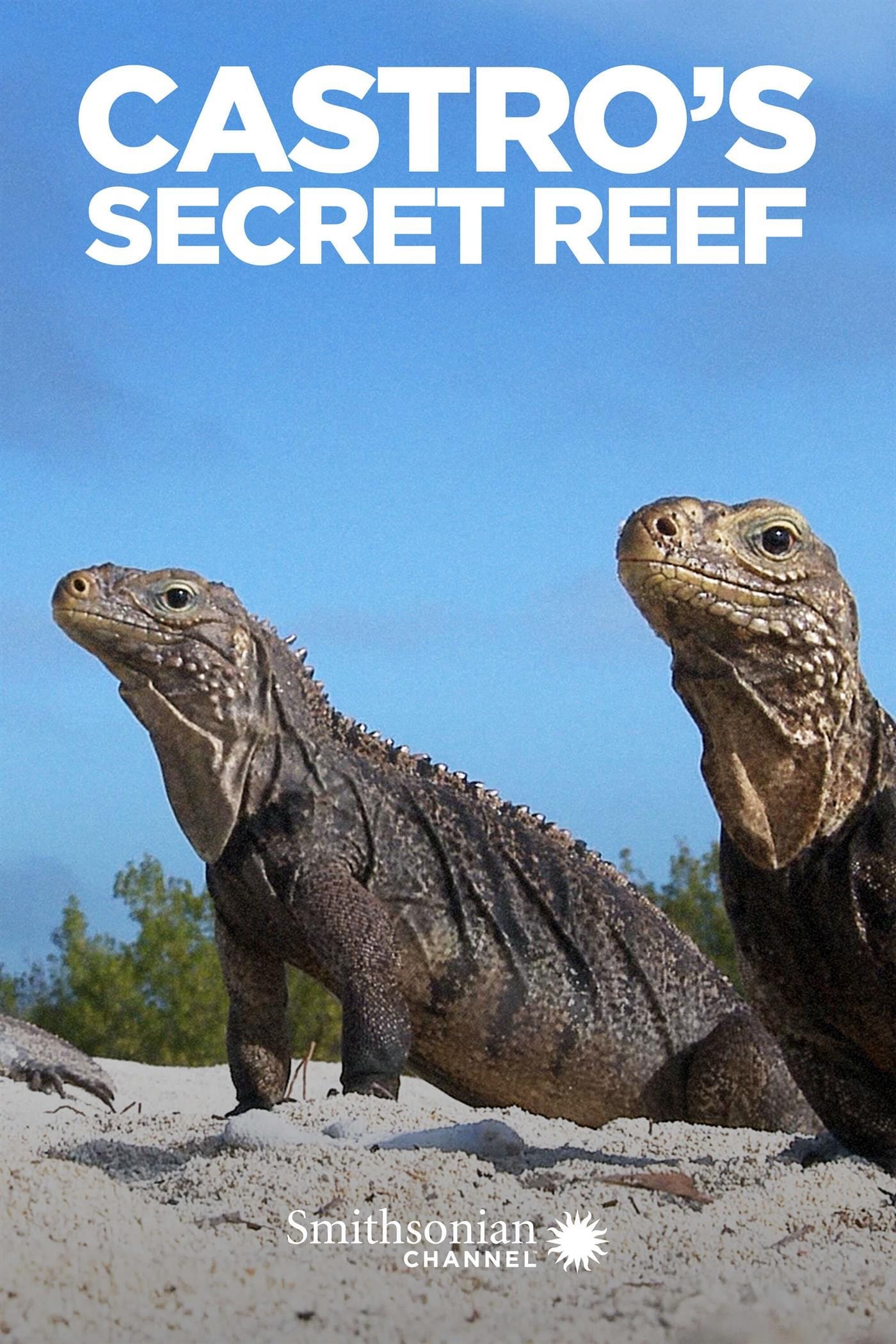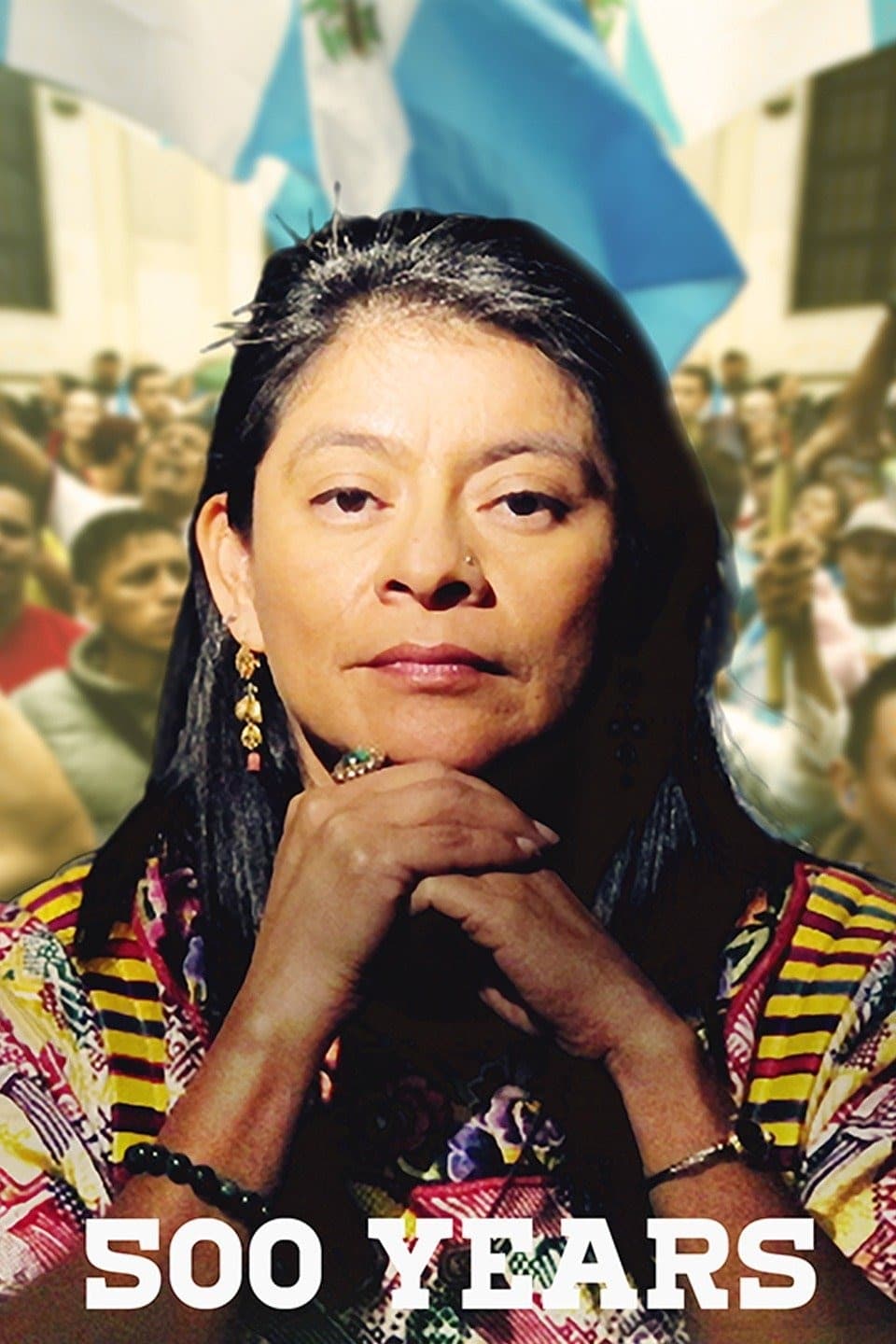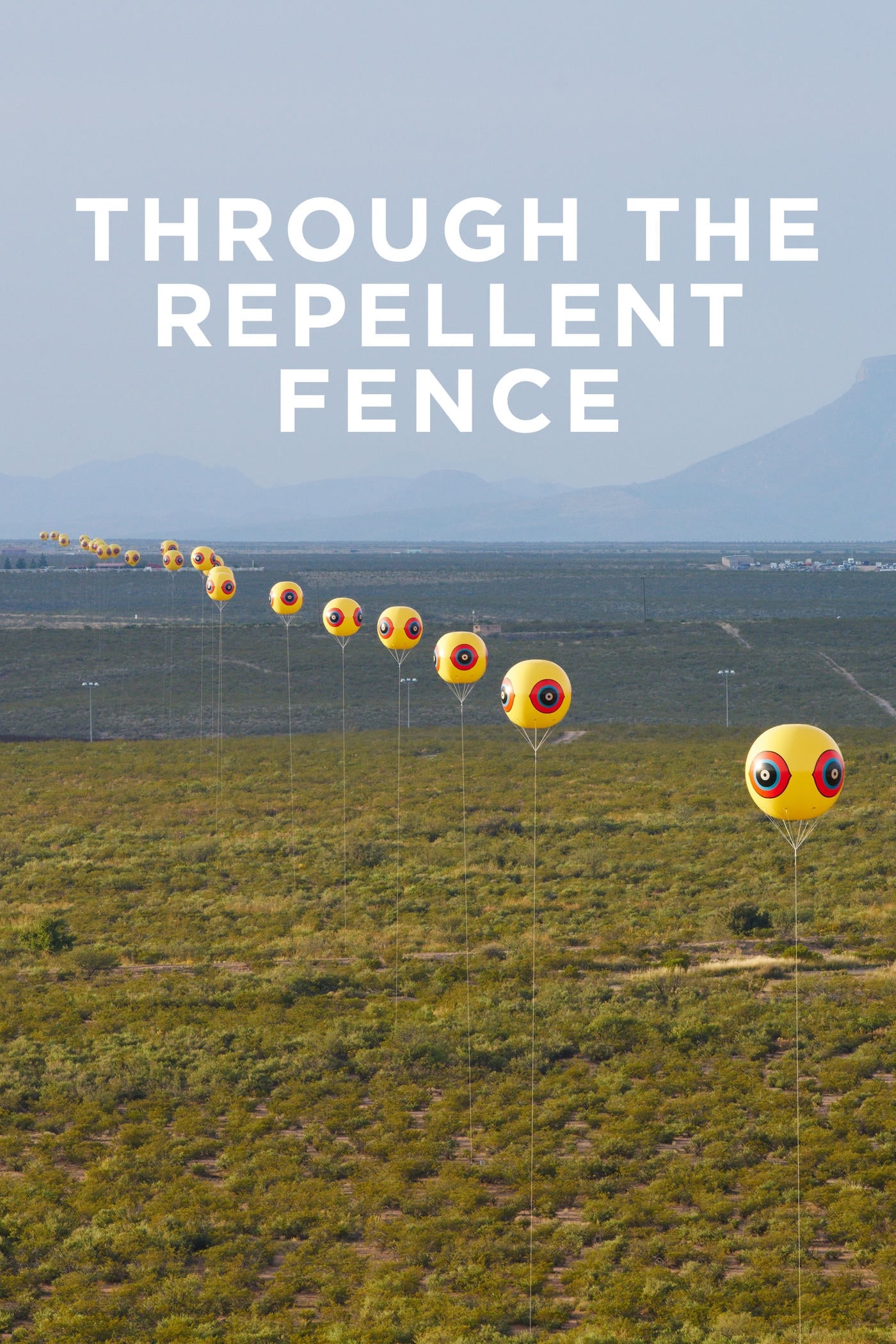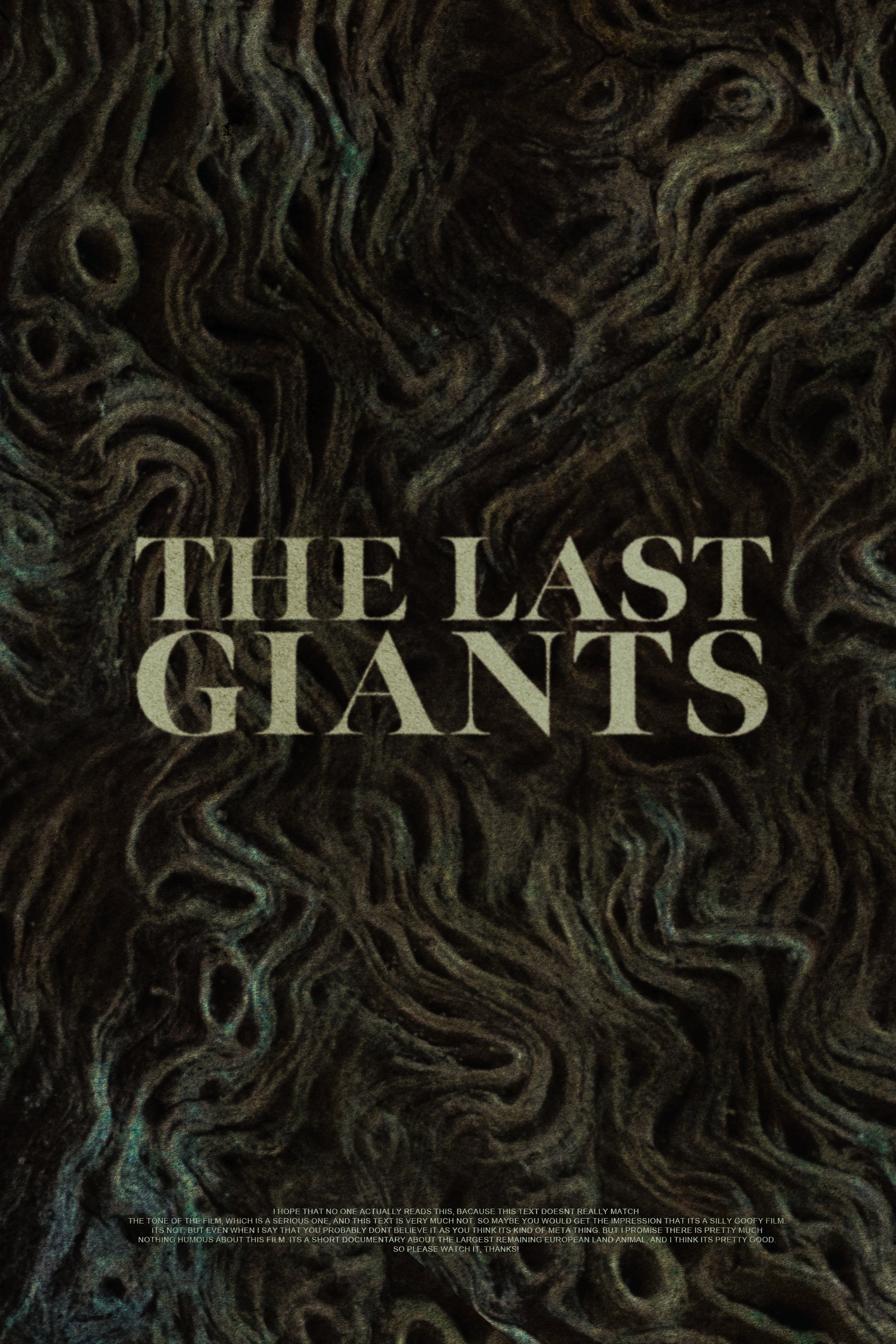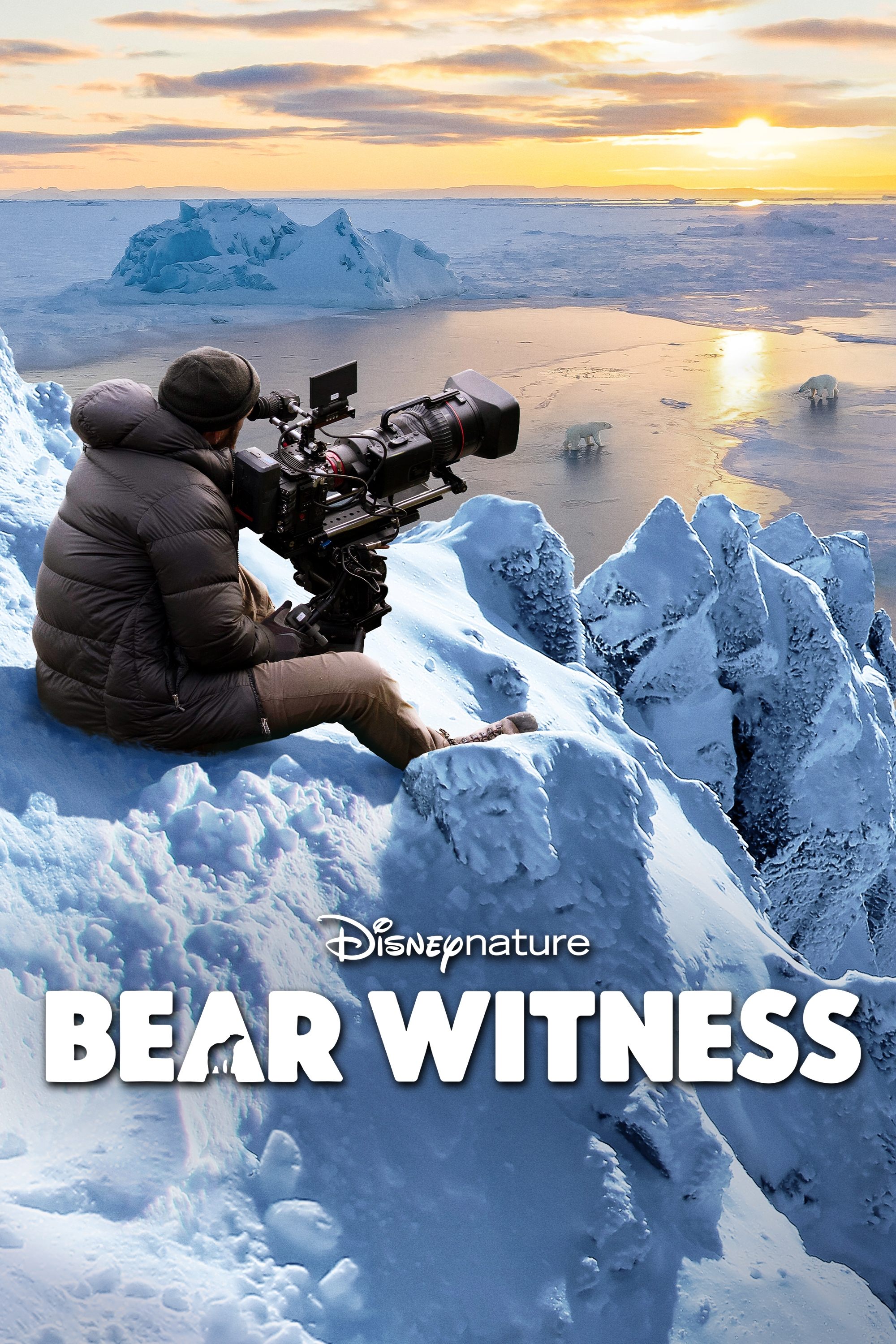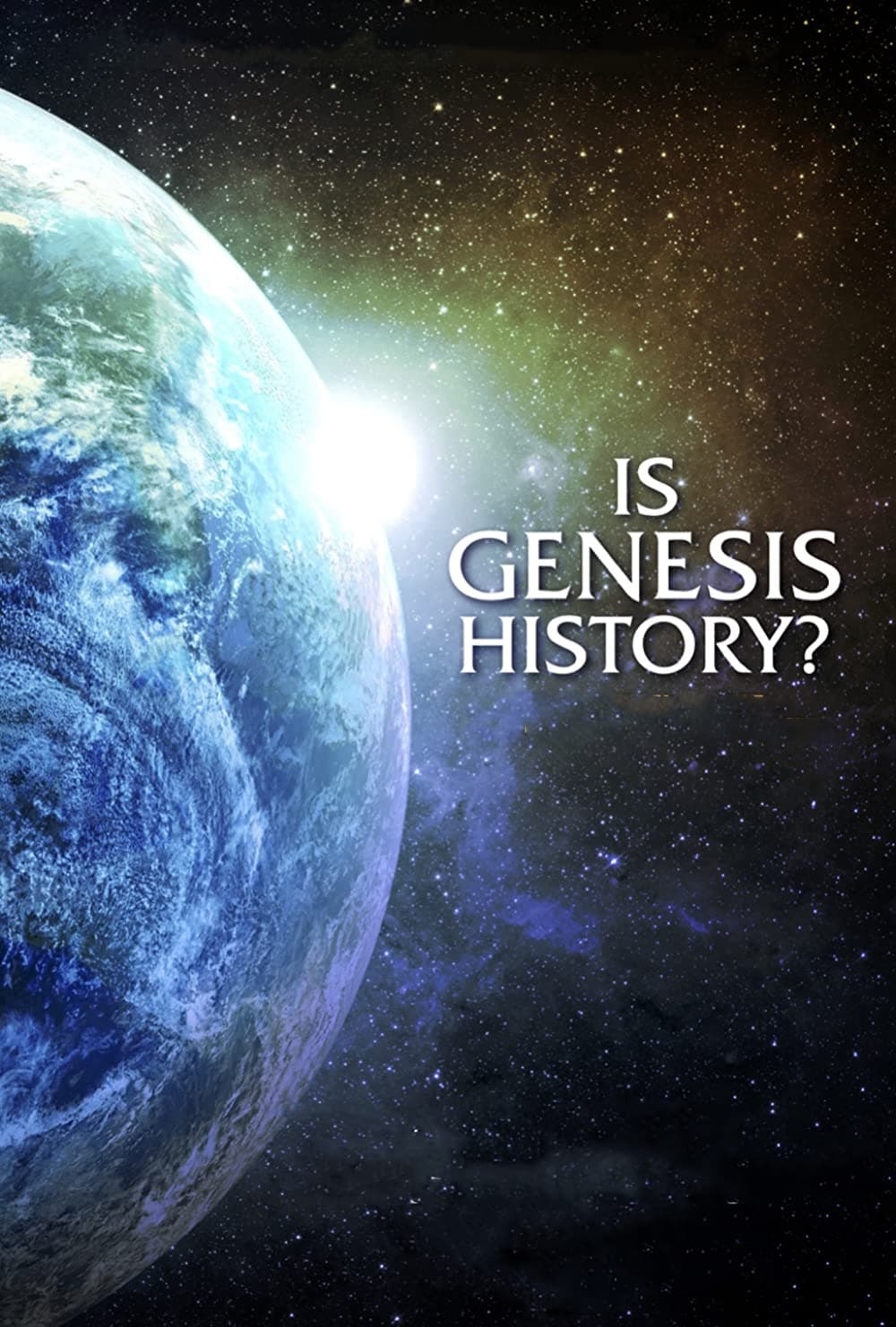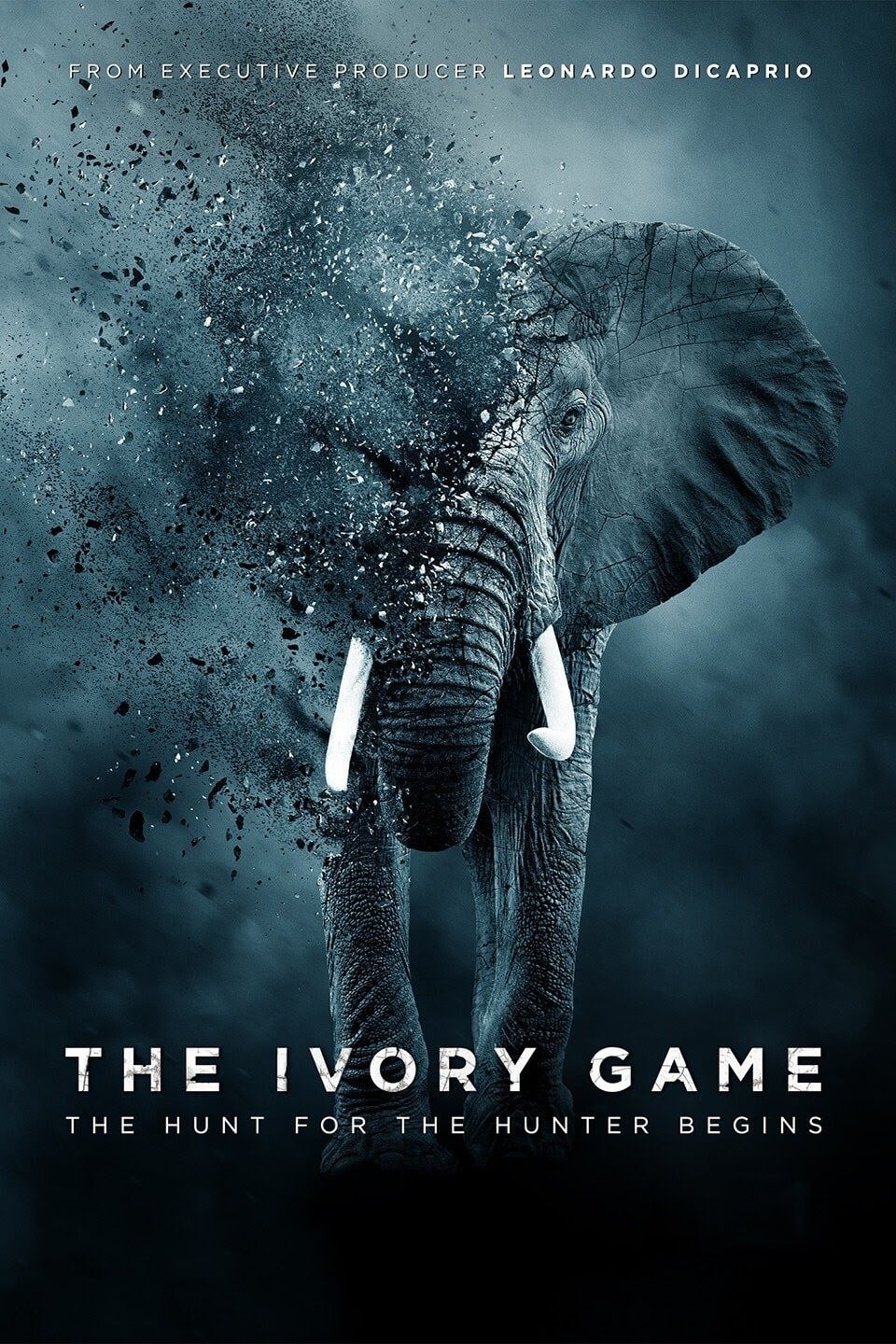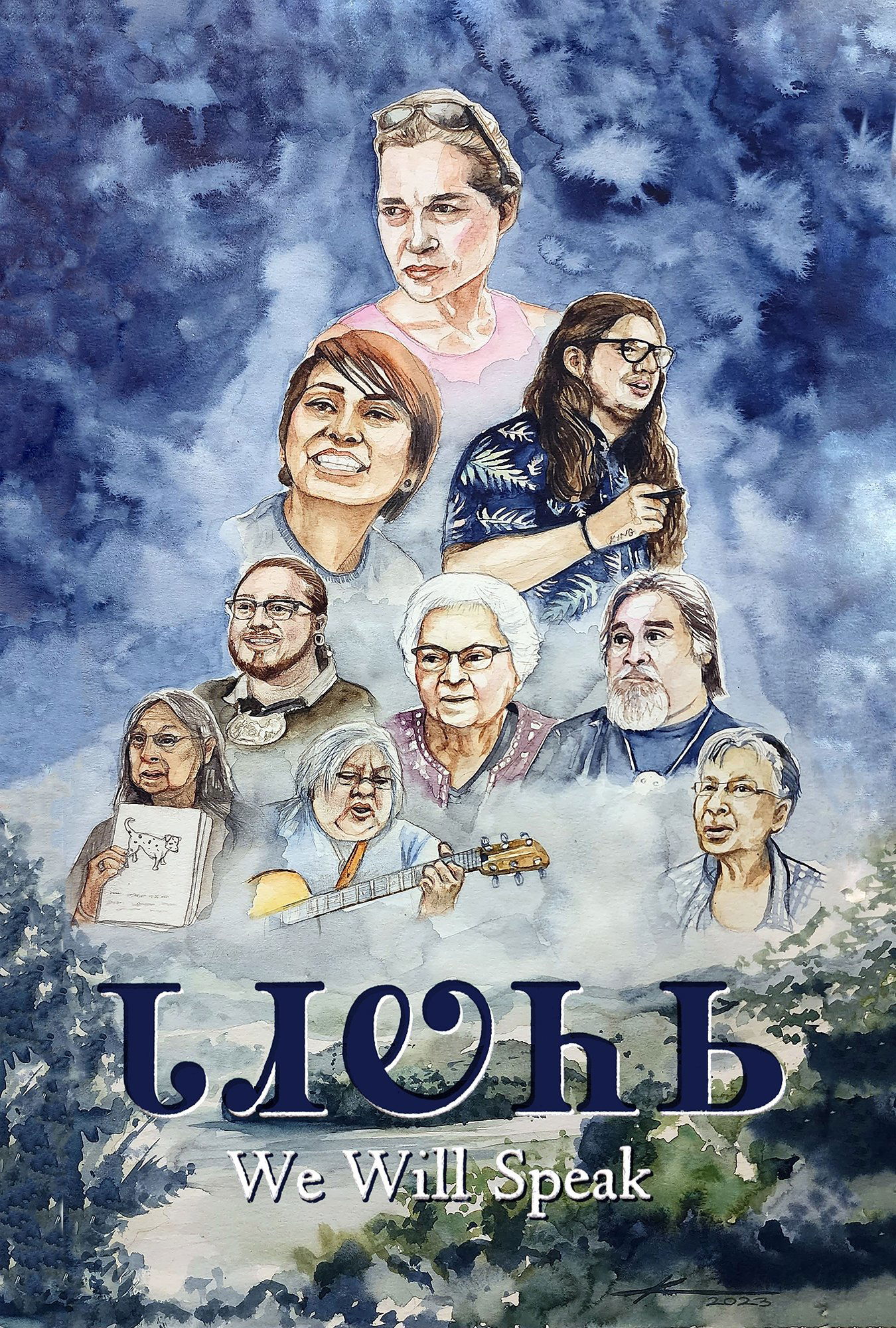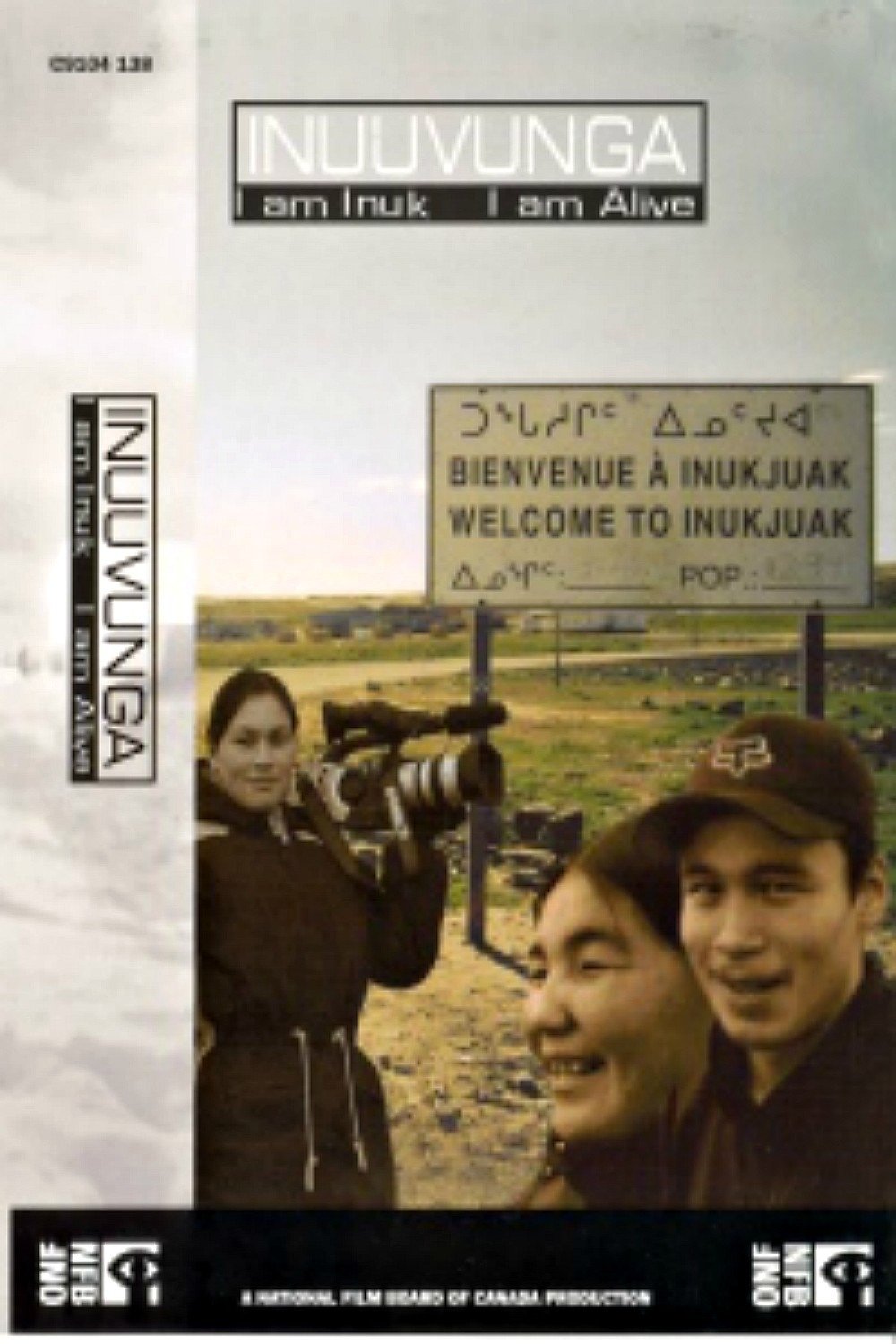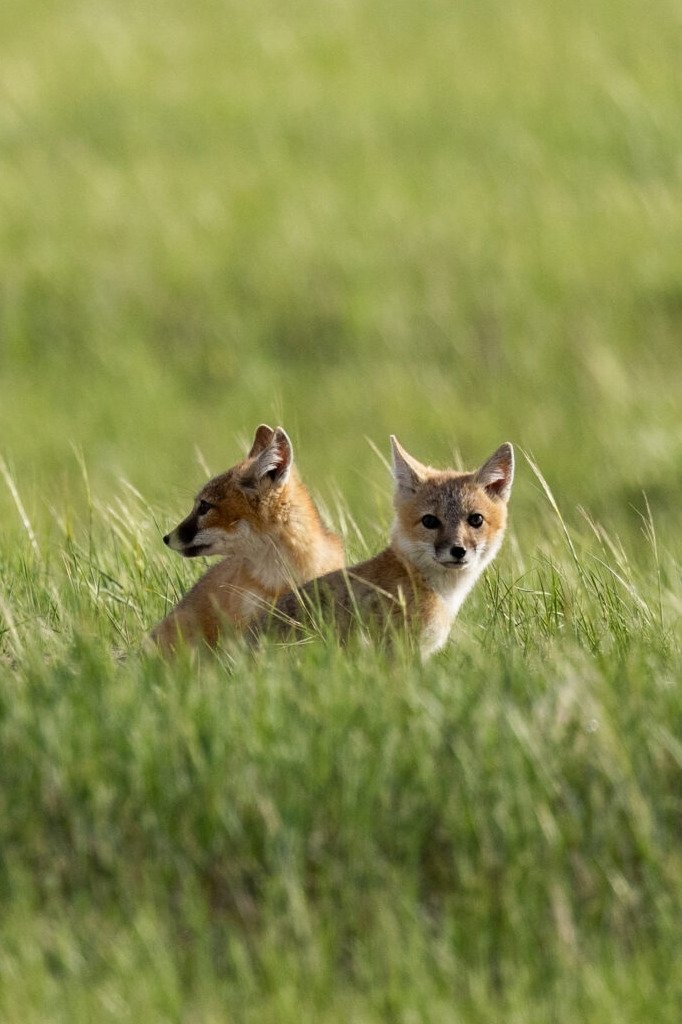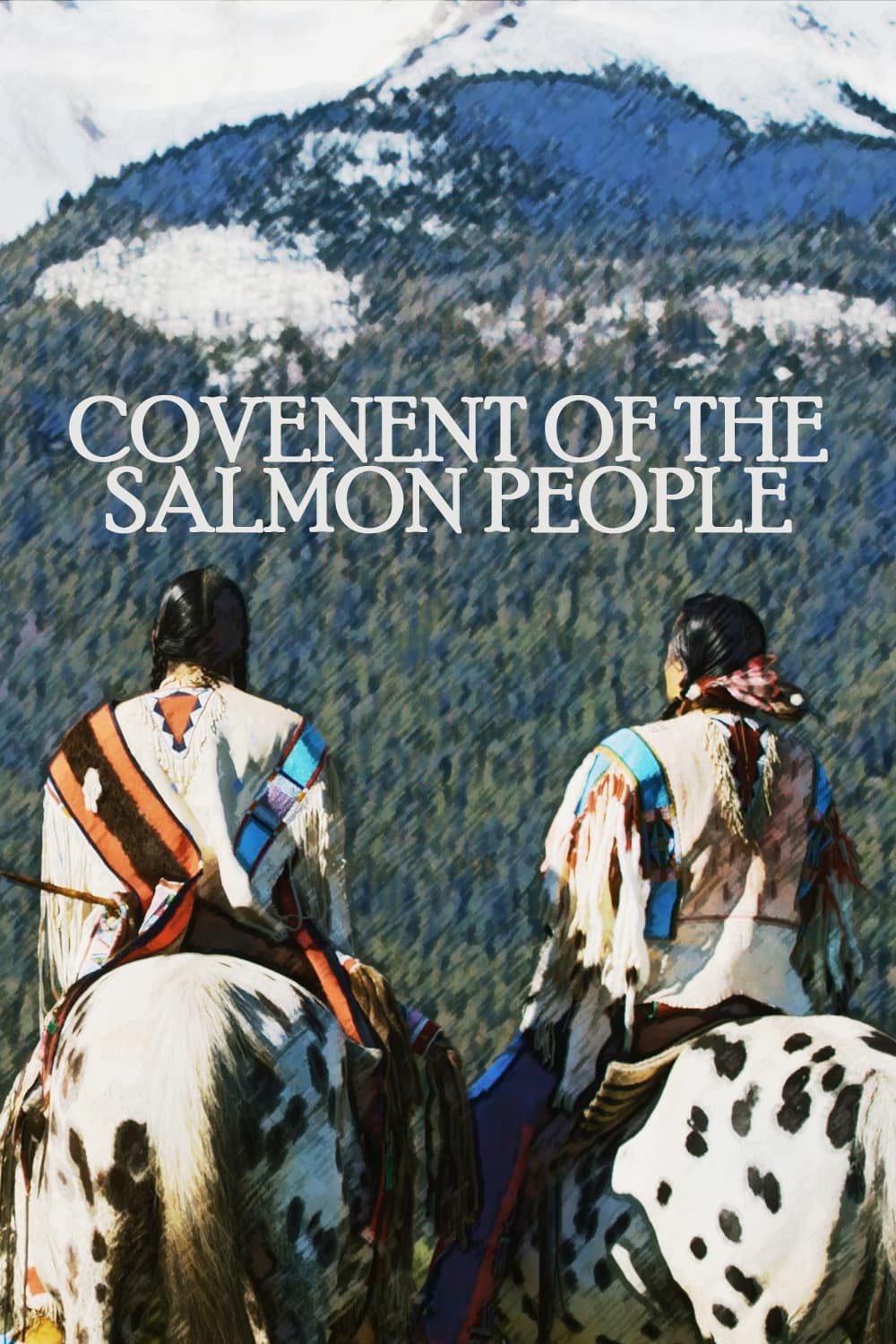
Covenant of the Salmon People (2023)
Overview
Covenant of the Salmon People is a documentary portrait of the Nez Perce Tribe’s ancient covenant with salmon. The film follows their efforts to uphold this ancient relationship as dams and climate impacts threaten one of the cornerstones of their culture.
Production Companies
Additional Info
| Budget | $0.00 |
|---|---|
| Revenue | $0.00 |
| Original Language | en |
| Popularity | 1.658 |
Directed By
Shane Thomas Anderson
TOP CAST
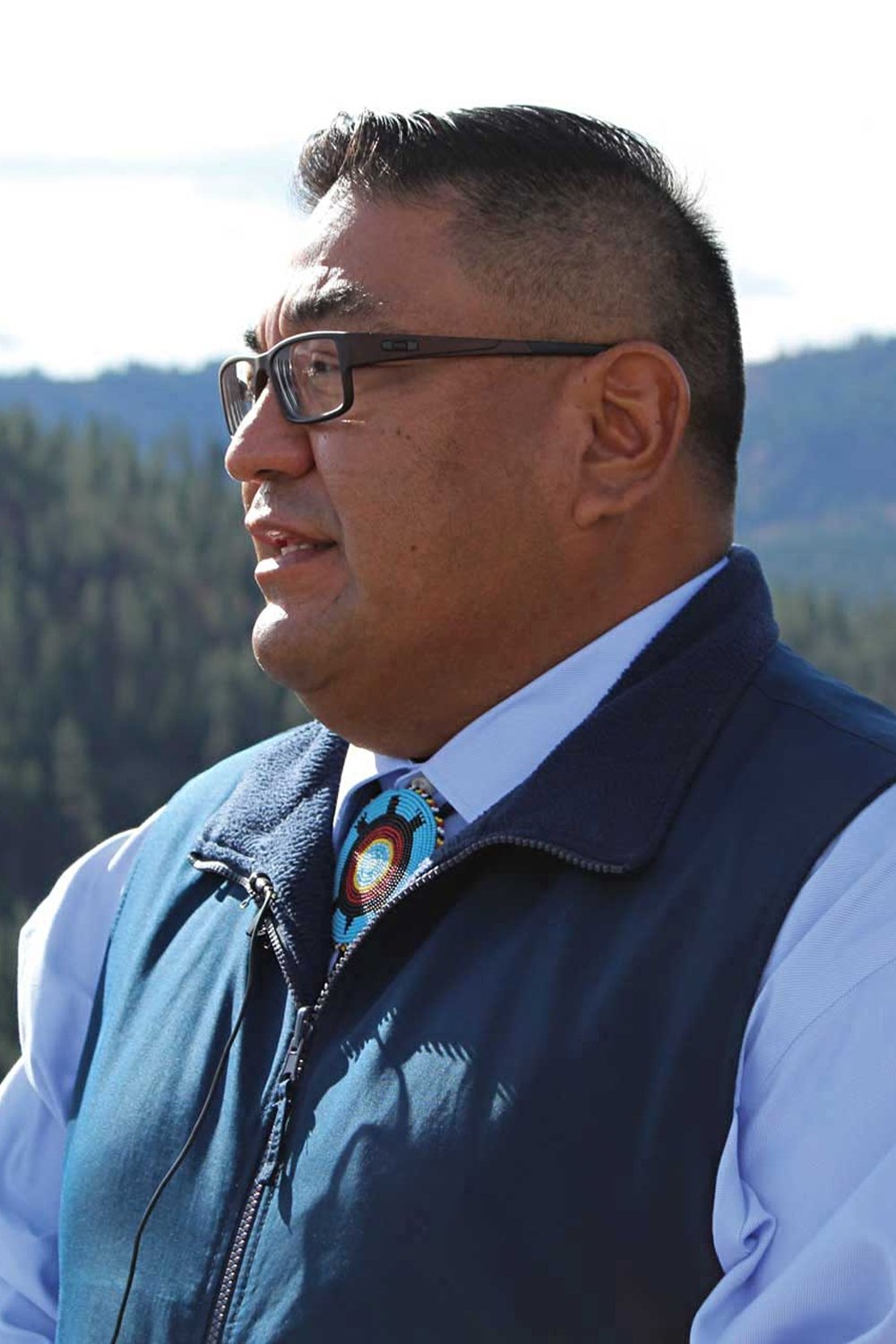
Shannon Wheeler
Himself
Similar Movies
Plains: Testimony of an Ethnocide
A documentary on the massacre of Planas in the Colombian east plains in 1970. An Indigenous community formed a cooperative to defend their rights from settlers and colonists, but the government organized a military operation to protect the latter and foreign companies.
Mauna Kea: Temple Under Siege
Although the mountain volcano Mauna Kea last erupted around 4,000 years ago, it is still hot today, the center of a burning controversy over whether its summit should be used for astronomical observatories or preserved as a cultural landscape sacred to the Hawaiian people. For five years the documentary production team Nā Maka o ka 'Āina ("the eyes of the land") captured on video the seasonal moods of Mauna Kea's unique 14,000-foot summit, the richly varied ecosystems that extend from sea level to alpine zone, the legends and stories that reveal the mountain's geologic and cultural history, and the political turbulence surrounding the efforts to protect the most significant temple in the islands: the mountain itself.
Bears In Our National Parks
In this fascinating program, learn about one of the most feared and respected members of the animal kingdom – Bears! See a side of these magnificent animals that few rarely see – a bear ripping apart a log; cubs playfully exploring the treetops; a grizzly bear tracking his prey. From the Black Bears of the Great Smoky Mountains, Sequoia and Yosemite, to the Grizzlies of Yellowstone and Glacier, America’s national parks contain the last safe havens of bear habitat in the lower 48 states. Bear expert Gary Brown tells of fascinating bear facts and explains the challenges facing both bear and man to co-exist.
Fox Wars
Love them or hate them, there are 33,000 urban foxes roaming Britain's suburbia. For the residents of the Copse in Sutton-in-Ashfield, Nottinghamshire - as for so many other suburbanites - the urban fox provides evenings of enchantment. A cul-de-sac of neighbours compete to offer the tastiest snacks for their bushy-tailed visitors, with one couple even setting up their own CCTV system to provide happy evenings of Fox TV.
Berbères des cimes
At the heart of the Moroccan High Atlas mountains, water is a resource in short supply. The village of Tizi N'Oucheg has undergone a transformation thanks to Rachid Mandili, who is well-aware that the development of his village depends on access to clean water and on his strong leadership of this project. Mandili rallies all the villagers together and calls upon the knowledge of French and Moroccan scientists to tap water sources, to purify, and reuse waste water for irrigation. The documentary highlights the Berbers' community ties and ingenuity in their dream of independently managing their village water resources. It equally paints a portrait of a man whose initiative and resourcefulness has opened Tizi N'Oucheg up to modernity while still conserving its cultural heritage. Tizi's example presents some of the problems of water access in semi-arid regions and puts forward concrete solutions to these problems.
Desert Lions
Enter the harsh and unforgiving Kalahari and follow a lion pride attempt to save their threatened bloodline.
North Atlantic: The Dark Ocean
Inspired by the spirit of adventure of early explorers like St Brendan the Navigator, Irish underwater cameraman Ken O’Sullivan voyages out into the open North Atlantic in search of the great sea monsters described in the explorers’ early texts which may well have been large whales. Over the course of the film, such encounters reveal how enlightenment and awareness dispel the myths and damage of the darkness of our historic perceptions.
Remembering Sudan
Sudan was someone Zacharia Mutai spent years with, someone he knew better than his own children, someone he loved. Sudan’s death was tragic, but not a surprise. Zacharia, the head rhino caregiver at the Ol Pejeta Conservancy in northern Kenya, was caring for one of the last remaining northern white rhinos on the planet. But this is not just the story of Zacharia’s loss or of the death of a rhino. This is the story of the death of a species. A loss of such magnitude is a loss for all of humanity. Without these creatures, we suffer more than just the loss of ecosystem health. We suffer a loss of imagination, a loss of wonder, a loss of beautiful possibilities.
Castro's Secret Reef
Cuba's enforced isolation has resulted in the unlikeliest of marine reserves: a huge, rambling archipelago known as Jardines de la Reina, or "Gardens of the Queen." Stretching around 140 miles along the southern coast of Cuba, it's one of the longest barrier reef systems in the world. Get an up-close look at Fidel Castro's diving playground, a forgotten ocean paradise unseen for half a century, and witness exotic species rarely seen elsewhere in the region. It's the lost jewel of the Caribbean, but how long can this pristine wilderness survive?
500 Years
From a historic genocide trial to the overthrow of a president, the sweeping story of mounting resistance played out in Guatemala’s recent history is told through the actions and perspectives of the majority indigenous Mayan population, who now stand poised to reimagine their society.
Through the Repellent Fence: A Land Art Film
The film follows Postcommodity, an interdisciplinary arts collective comprised of Raven Chacon, Cristóbal Martinez and Kade L. Twist, who put land art in a tribal context. The group bring together a community to construct the Repellent Fence, a two-mile long ephemeral monument “stitching” together the US and Mexico.
Bear Witness
The film Journeys alongside the filmmakers behind Disneynature’s “Polar Bear” as they face profound challenges 300 miles from the North Pole. The team, who created a revolutionary arctic camp on site, navigated virtually impassible snow drifts and tenuous sea ice, garnering unprecedented footage revealing adaptive behaviors that surprised even this veteran team of filmmakers.
Is Genesis History?
A fascinating new look at the biblical, historical, and scientific evidence for Creation and the Flood. Learn from more than a dozen scientists and scholars as they explore the world around us in light of Genesis. Dr. Del Tackett, creator of The Truth Project, hikes through canyons, climbs up mountains, and dives below the sea in an exploration of two competing views... one compelling truth.
The Ivory Game
Wildlife activists and investigators put their lives on the line to battle the illegal African ivory trade, in this suspenseful on-the-ground documentary.
We Will Speak
The Cherokee language is deeply tied to Cherokee identity; yet generations of assimilation efforts by the U.S. government and anti-Indigenous stigmas have forced the Tri-Council of Cherokee tribes to declare a State of Emergency for the language in 2019. While there are 430,000 Cherokee citizens in the three federally recognized tribes, fewer than an estimated 2,000 fluent speakers remain—the majority of whom are elderly. The covid pandemic has unfortunately hastened the course. Language activists, artists, and the youth must now lead the charge of urgent radical revitalization efforts to help save the language from the brink of extinction.
Inuuvunga: I Am Inuk, I Am Alive
In this feature-length documentary, 8 Inuit teens with cameras offer a vibrant and contemporary view of life in Canada's North. They also use their newly acquired film skills to confront a broad range of issues, from the widening communication gap between youth and their elders to the loss of their peers to suicide. In Inuktitut with English subtitles.
The Return of Nóouhàh-Toka’na
Nóouhàh-Toka’na, known as swift fox in English, once roamed the North American Great Plains from Canada to Texas. Like bison, pronghorn and other plains animals, Nóouhàh-Toka’na held cultural significance for the Native Americans who lived alongside them. But predator control programs in the mid-1900s reduced the foxes to just 10 percent of their native range. At the Fort Belknap Indian Community in Montana, members of the Aaniiih and Nakoda tribes are working with the Smithsonian’s National Zoo and Conservation Biology Institute and other conservation partners to restore biodiversity and return Nóouhàh-Toka’na to the land.
